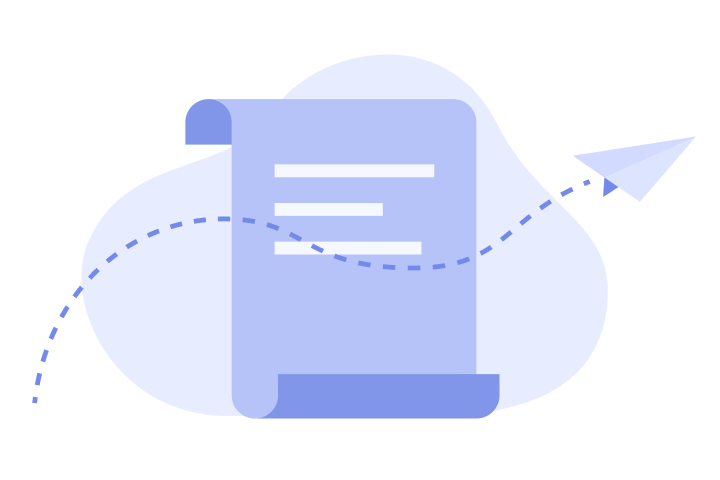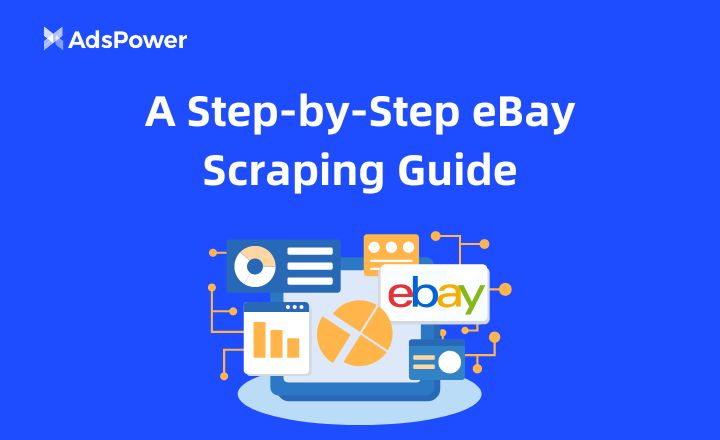


Blockchain For Dummies: Definition, Structure, and the Workflow
Since the dawn of digital currencies, the term "Blockchain" has been frequently mentioned online. The steep curve below shows Google's search for “Blockchain.”

[source: Google Trends]
Yet, the general masses and even many crypto traders may not fully understand what blockchain technology entails.
Historically, the terms "block" and "chain" were used separately by Satoshi Nakamoto—the anonymous founder(s) of Bitcoin—in a paper discussing Bitcoin's implementation.
As cryptocurrencies gained traction, these terms were combined into the singular "blockchain."
Blockchain for dummies might conjure up images of some sort of block-shaped hardware, but that's far from the reality.
Blockchain exists virtually and is distributed globally, so the concept can be hard to grasp for many.
Don’t worry, though.
Our beginner’s guide is designed to simplify Blockchain for dummies. So, let's cut through the jargon and get to the point.
What is Blockchain?
At its core, a blockchain is a distributed ledger, recording information in a way that makes it nearly impossible to alter, cheat, or hack.
This technology provides a transparent and immutable record of transactions shared across a network of computers, often referred to as nodes.
The concept of blockchain first emerged in 2009 with the introduction of Bitcoin, the world’s first digital currency.
The creator, known pseudonymously as Satoshi Nakamoto, outlined a method to create a trustless, peer-to-peer payment system, which laid the groundwork for blockchain adoption in various domains.
Blockchain Cryptography
One of the key features of blockchain technology is its immutability.
Once data is recorded on a blockchain, it is almost impossible to change, even while all transactions are viewable by the public.
This is achieved through cryptographic hashing, a process that turns a large amount of information into a fixed-length string of characters.
Each block in the chain contains a unique hash of its transactions, and altering any information on the block would invalidate its hash and all subsequent block hashes, which are detectable by the network's nodes.
Decentralization
Blockchain’s ability to reduce the need for trusted third parties is one of its most significant advantages.
Traditionally, transactions often require third-party verification by institutions like banks or government entities, which can be costly and time-consuming.
With blockchain, these processes can be automated and made more efficient to cut costs and reduce the potential for human error.
Blockchain Applications
Apart from its famous application in cryptocurrencies like Bitcoin and Ethereum, blockchain technology extends to other areas such as:
-
Decentralized finance (DeFi) applications
-
Supply chain management
-
Non-fungible tokens (NFTs)
-
Smart contracts
This widespread integration shows that blockchain has the potential to transform industries by making transactions and data management secure and decentralized.
Next in our blockchain for dummies guide is what components make up a blockchain. Let’s explore.
Key Components of The Blockchain Structure
The blockchain structure is comprised of a number of components with operators spread globally running different tasks on the platform. Let’s explore each component of the Blockchain structure.
Distributed Ledger
A distributed ledger is the backbone of the blockchain structure, acting much like a shared record-keeping system. Unlike traditional ledgers, this one is spread across multiple blockchain nodes, ensuring that all participants have access to the same data in real-time.
Changes to the ledger are recorded instantly and are immutable, which means they cannot be deleted or altered once made.
This feature helps maintain the integrity and transparency of the data on the blockchain.
Blocks
Blocks are the fundamental units of a blockchain. Each block contains a collection of permanently recorded transactions or smart contracts.
Additionally, each block includes a block header containing vital metadata such as the timestamp and a unique cryptographic code known as a hash. The hash links each block to its predecessor, forming an unbreakable chain.
This arrangement ensures that once a block is added to the blockchain, the data it contains cannot be altered without altering all subsequent blocks, which is computationally impractical.
Miners
Miners are crucial to maintaining the security and integrity of proof-of-work blockchain systems like Bitcoin. They perform the computational work required to add new blocks to the chain.
This process involves solving complex cryptographic puzzles to discover a valid hash, often called a nonce.
Successful miners are rewarded with cryptocurrency to incentivize them to contribute their computing power to the network.
The competitive nature of mining ensures that only valid transactions are added to the blockchain.
Here’s a breakdown of how much the miners have contributed to mining Bitcoin blocks so far.

[source: https://explorer.btc.com/btc]
Node Operators
Node operators are volunteers or companies that run a copy of the entire blockchain on their computers.
Their critical role in the network involves verifying, validating, and storing the data contained in the blockchain's distributed ledger.
Each node checks the work of other blockchain nodes to ensure consensus and compliance with blockchain rules.
As of now, there are over 19,000 Bitcoin Blockchain nodes running the platform.
Understanding The Blockchain Workflow
To understand the blockchain workflow, it’s helpful to compare it with a traditional database.
Imagine a spreadsheet duplicated thousands of times across a network of computers.
Now, imagine that this network is designed to update this spreadsheet regularly, and you have a basic understanding of the blockchain workflow.
Let’s dumb down the working of blockchain for dummies.
Step 1: Transaction Initiation
Any action on the blockchain starts with a transaction. This could be anything from sending cryptocurrency, like Bitcoin, to entering data for a smart contract.
Each transaction is digitally signed by the initiator using their private key, which is a secure way of confirming identity without revealing sensitive information. This signed transaction data includes details like the sender, recipient, and the amount or terms of the transaction.
Step 2: Transaction Broadcast
Once a transaction is signed, it's broadcast to a peer-to-peer network of computers, known as nodes. This system's beauty is its transparency and openness—every node in the network can see this transaction but not alter it.
Step 3: Validation by Nodes
Node operators then validate the transaction. They check the digital signature to ensure it’s authentic and confirm that the sender has sufficient balance to complete the transaction.
This involves reviewing the entire transaction history of the blockchain, which is accessible to every node.
Step 4: Forming a Block
After a transaction is validated, it is grouped with other transactions. This bundle of transactions forms a block.
Each block also contains important information, like the cryptographic hash of the previous block, which links them in chronological order and thereby creates the blockchain’s structure.
This linkage ensures that once a block is added to the blockchain, changing any information within it would require altering all subsequent blocks, which is practically impossible without consensus from the majority of the network.
Step 5: Proof of Work
To add a block to the blockchain, a complex cryptographic puzzle must be solved, a process known as mining. This adds a layer of security but requires significant computational power.
Miners compete to solve this puzzle, and the first to do so gets the right to add the block to the blockchain. This miner is then rewarded, usually in the form of the blockchain's native cryptocurrency. For instance, the reward for mining a single Bitcoin block is 3.125 bitcoins ($181,882).
Step 6: Block Addition and Consensus
Once the block is mined, it is added to the blockchain and must be accepted by other nodes. Each node adds the new block to its copy of the ledger, continually updating and verifying the state of the blockchain.
This consensus among nodes about the validity of blocks ensures no single entity can control or alter recorded data.
Blockchain is The Future?
Blockchain provides many benefits, but there are challenges, too, when it comes to widespread implementation.
Understanding this technology is, however, crucial because it is the basis of decentralization and fields like Crypto.
Speaking of Crypto, if you manage multiple accounts to farm Airdrops or for whitelisting, you might face account bans, which will hamper your profits.
But AdsPower provides a solution for you.
AdPower is word’s #1 anti detect browser that can prevent your account bans by using anti-fingerprinting and automation techniques.
Sign up for a free AdsPower trial today!







Nothing here... Leave the first comment!












